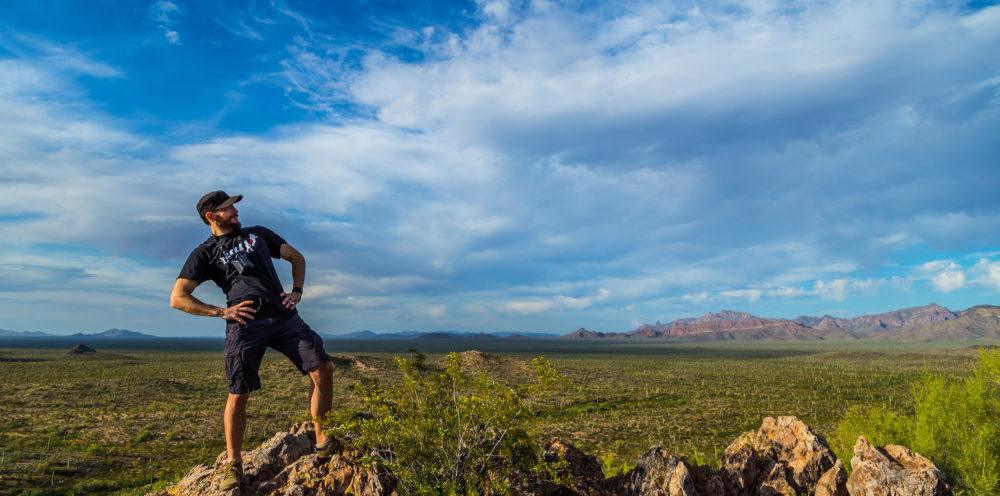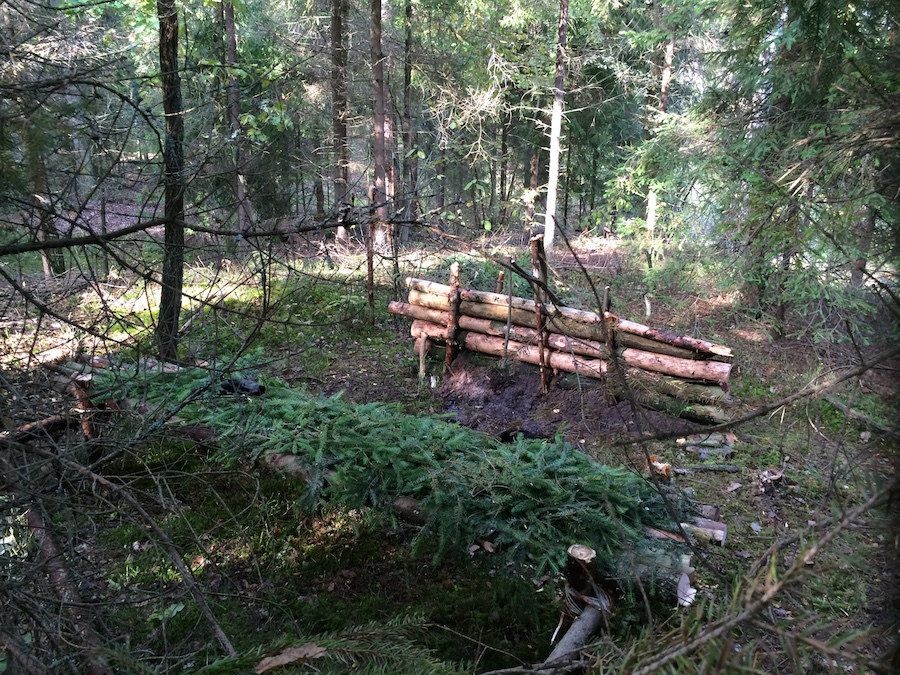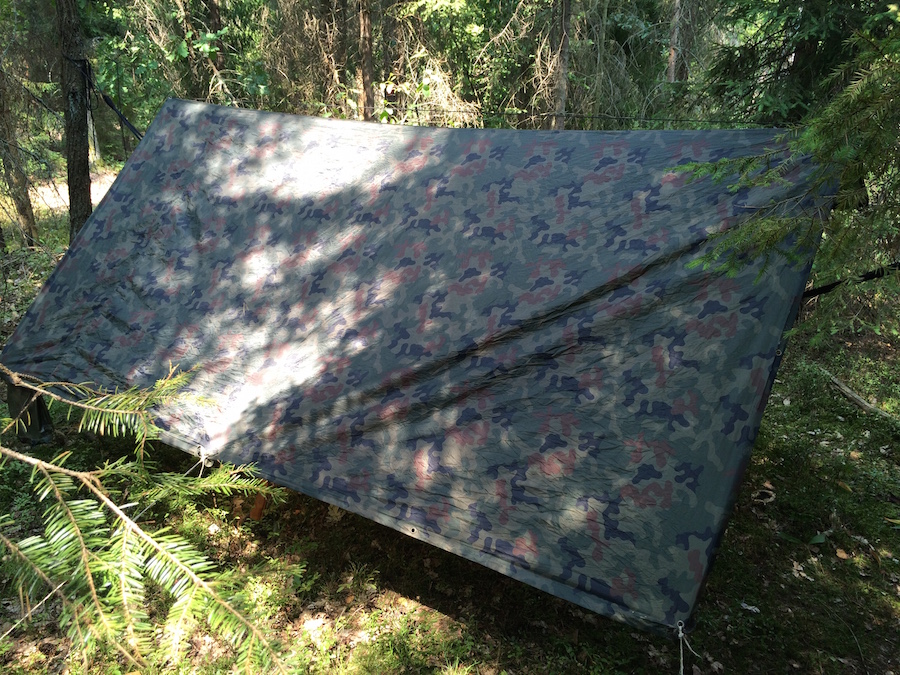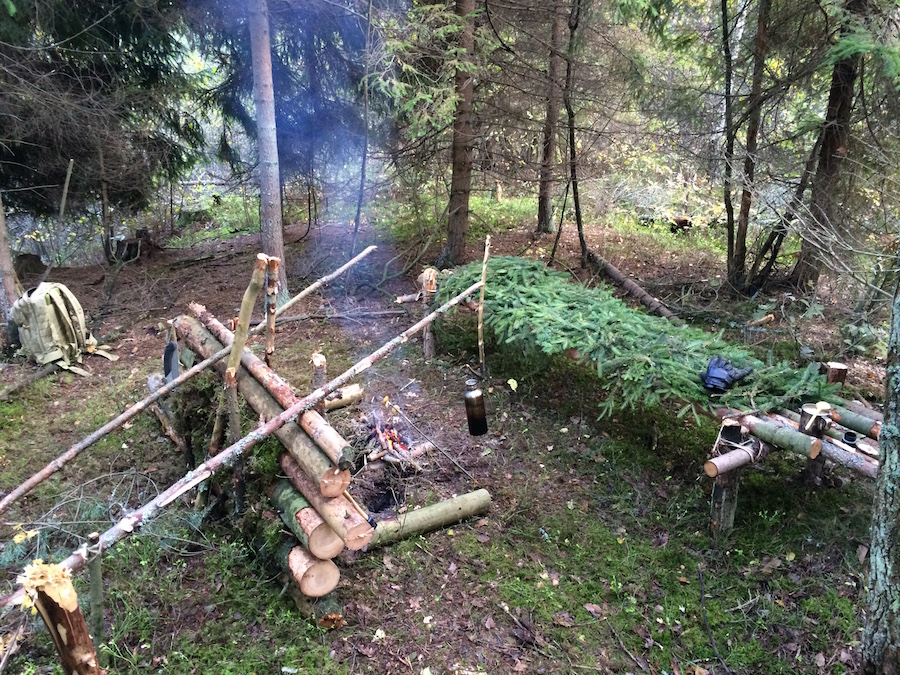 Some time ago, under one of my YouTube videos, a viewer asked me if I was up for a challenge. The challenge was to make a feather stick with your weak, non-dominant hand. I sure was up for it as I had experienced the need to use my weak (left in my case) hand for about three weeks when I stabbed myself in the right hand, which effectively made me left-handed for a period of time.
Some time ago, under one of my YouTube videos, a viewer asked me if I was up for a challenge. The challenge was to make a feather stick with your weak, non-dominant hand. I sure was up for it as I had experienced the need to use my weak (left in my case) hand for about three weeks when I stabbed myself in the right hand, which effectively made me left-handed for a period of time.
I could still use my right hand to some degree. Hold or maybe even lift things without overloading the palm of the hand. But anything requiring grabbing, squeezing and manipulating using the fingers was out of the question. So if I had to start a fire at that time I’d have to do most of the fiddly work with my weaker hand which has no experience with this type of tasks whatsoever.
Should such injury create or worsen a survival situation, I’d have to be able to do most ‘right-handed’ tasks with my left hand. And believe me if I tell you it’s not easy! Of course, since I’m pretending my right hand is injured, I thought I should strike the ferro rod with my left hand too. But then I realized that holding the rod in my right hand isn’t exactly something I’d be able to do with my injured hand anyway. So I added a new skill to the challenge – lighting a fire with only one hand.
The trick is to use your foot to immobilize the handle on your knife resting on your feather stick with its blade sticking up, and use the exposed sharp spine to create sparks like in the pictures below. It takes time but it’s possible and quite reliable.


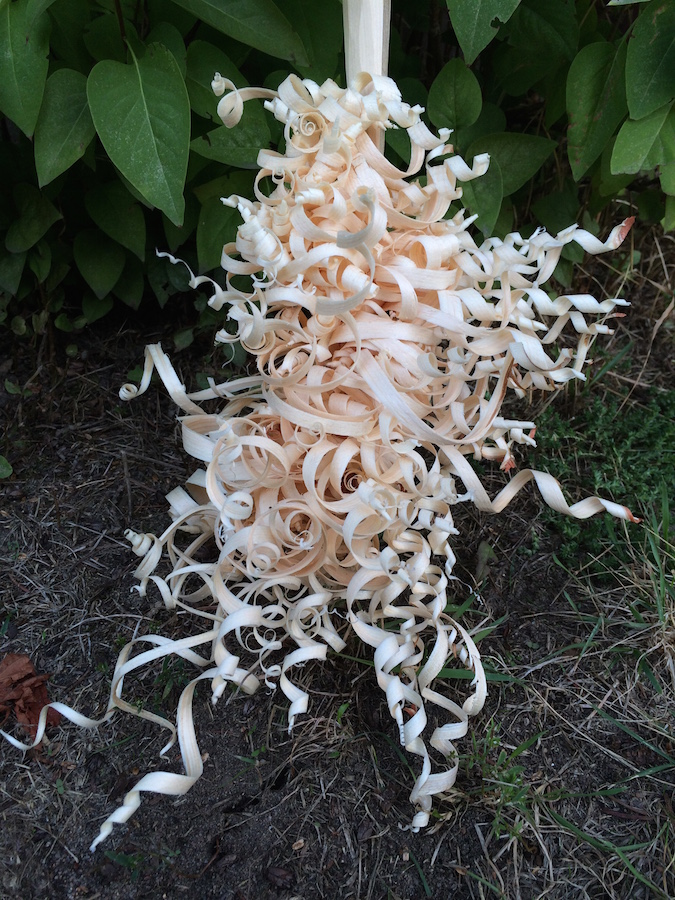 Don’t expect things to go smoothly or be perfect. They most likely won’t be. Under normal circumstances, I can make feathers that look a bit like a piece of art and it’s really frustrating to see myself struggle to make a single curl with my left hand. It’s a bit like being a child again. Only you already know what it feels like to walk and run without falling down on your knees every other step. You just can’t do it for some messed up reason. Really annoying feeling.
Don’t expect things to go smoothly or be perfect. They most likely won’t be. Under normal circumstances, I can make feathers that look a bit like a piece of art and it’s really frustrating to see myself struggle to make a single curl with my left hand. It’s a bit like being a child again. Only you already know what it feels like to walk and run without falling down on your knees every other step. You just can’t do it for some messed up reason. Really annoying feeling.
Bear in mind, that in a real survival scenario things are going to be even more difficult, frustrating and the injured hand will most likely hurt like a bitch, which does not help focusing on the job. To make everything even more ‘fun’, add a possibility of strong wind and rain (which happened to me when shooting the video below), and the fact that you will not be ok with just one stick. You’ll need more like four to six nice and big feather sticks with the feathers attached to the main shaft.
Why attached? Well, if you’re lucky and it isn’t windy and rainy, you can afford to collect whatever’s fallen off to the ground. But if you’re not, the wind will blow away everything you incautiously cut off, and drench it in the wet grass or mud. And it’s not easy to make those curls stay attached when carving with your weak hand. Especially when the strong hand is hurting, you are cold and wet, and under a lot of stress and pressure to make that fire going as soon as possible.
